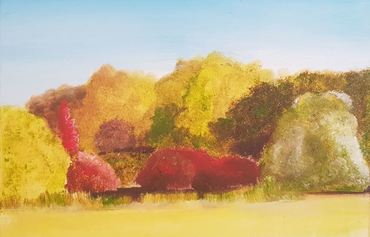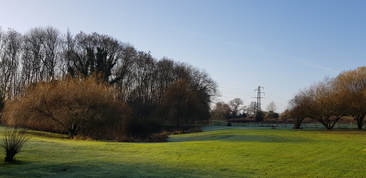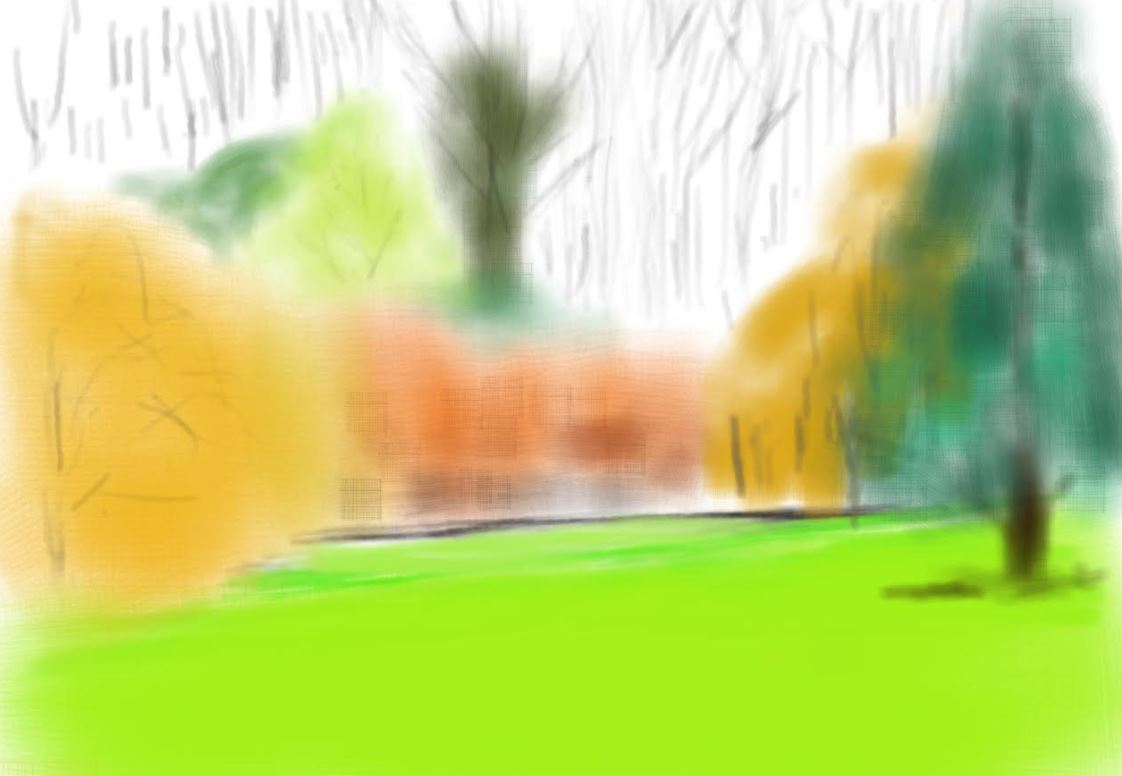
Astronomically autumn starts at the equinox (September 23) but meteorologically it starts September 1st so we are nearly 6 weeks into it. I decided to record the changes in my photos throughout the autumn so I will keep adding to my movie as we move through October and November.
Shorter daylight hours and colder nights are what trigger leaf drop – or senescence – but frost and rain can damage leaves and cause early leaf fall. Plenty of sunshine is needed to encourage concentrations of colour pigments which help to intensify leaf colour. Our cold spring and hot summer will have helped ready the leaves for a beautiful autumn display, but it also hinges on what the weather does now. Today was like summer again blue skies and temperatures in the low 20’s.

So that’s the science…here is my film of autumn to winter watch.

 RSS Feed
RSS Feed